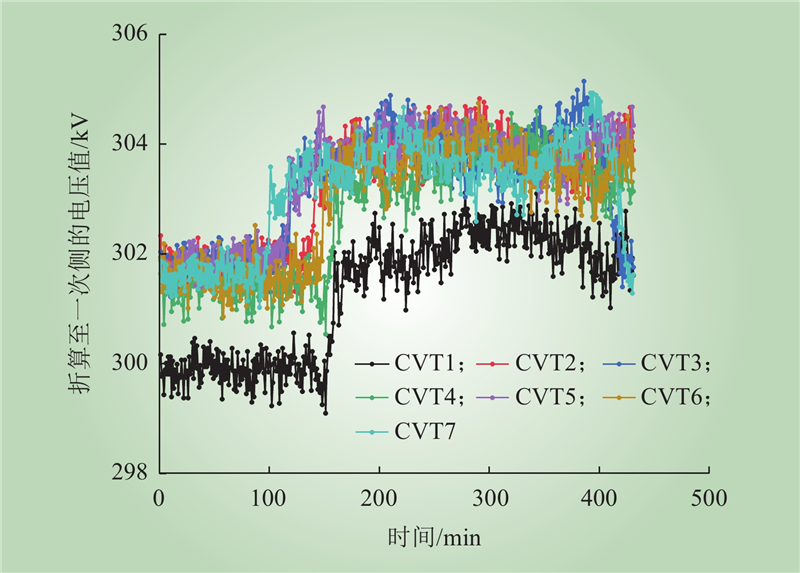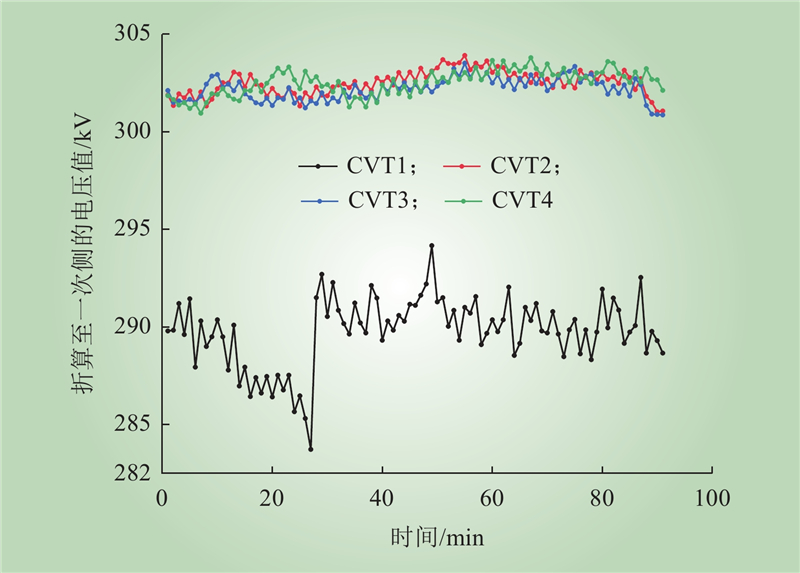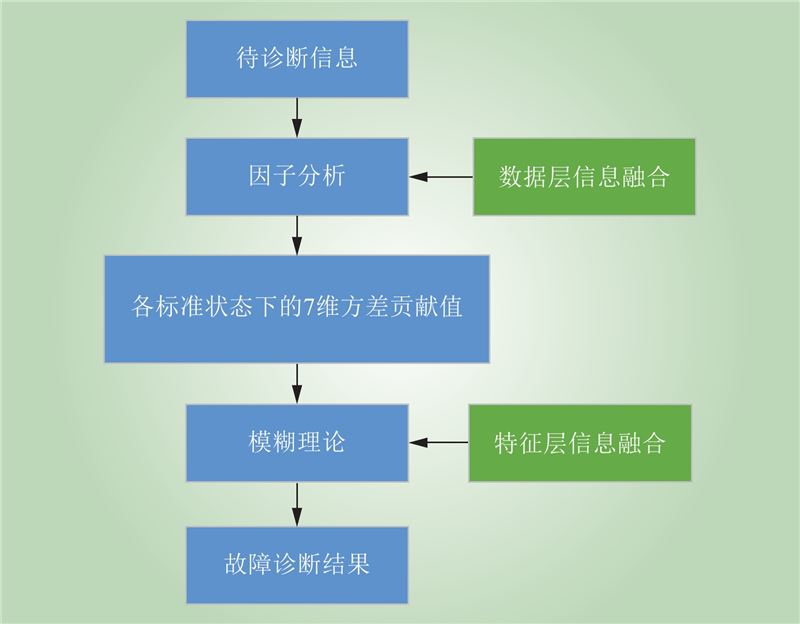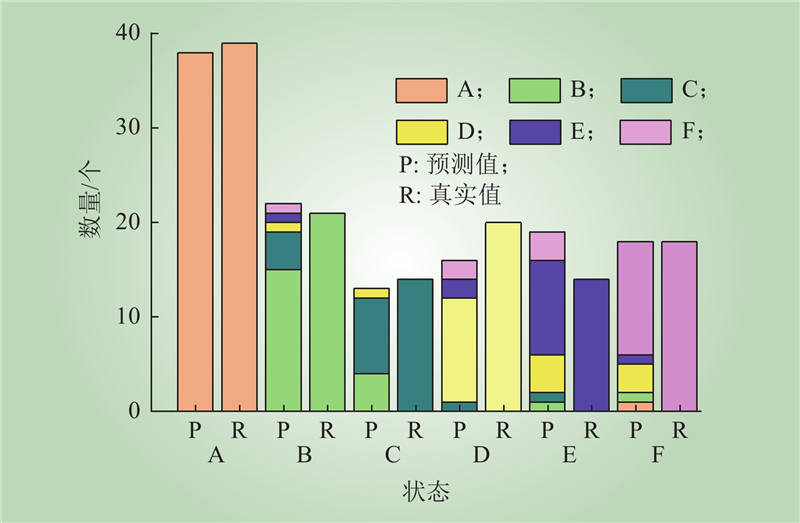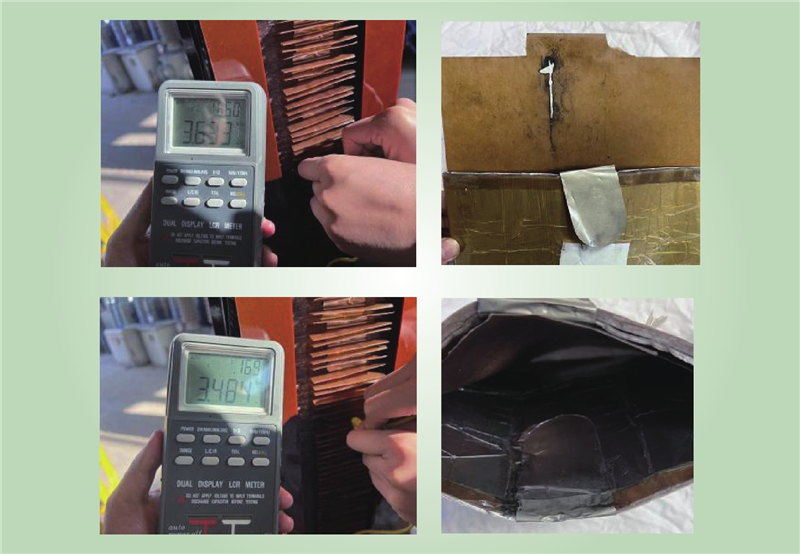| 1 |
陈俊, 刘卫东, 顾乐, 等. 电容式电力设备局部放电高频和特高频综合在线检测[J]. 高压电器, 2018, 54 (7): 195- 199.
|
|
CHEN Jun, LIU Weidong, GU Le, et al. Comprehensive on-line detection of partial discharge in capacitive power equipment by integration of HF and UHF[J]. High Voltage Apparatus, 2018, 54 (7): 195- 199.
|
| 2 |
刘刚, 王秀茹, 凌万水, 等. 一种10 kV电压等级非接触式电压互感器研究[J]. 电力科学与技术学报, 2023, 38 (3): 197- 204.
|
|
LIU Gang, WANG Xiuru, LING Wanshui, et al. Research on a 10 kV voltage level contactless voltage transformer[J]. Journal of Electric Power Science and Technology, 2023, 38 (3): 197- 204.
|
| 3 |
李光, 石培杰, 孙鹏, 等. CVT二次电压异常原因及对策分析[J]. 电力电容器与无功补偿, 2014, 35 (6): 81- 85.
DOI
|
|
LI Guang, SHI Peijie, SUN Peng, et al. Causes analysis and countermeasures on abnormal secondary voltage of CVT[J]. Power Capacitor & Reactive Power Compensation, 2014, 35 (6): 81- 85.
DOI
|
| 4 |
刘永鑫, 王鹏皓, 李艳鹏, 等. 基于CVT电容元件击穿的事故分析计算[J]. 电力电容器与无功补偿, 2014, 35 (6): 77- 80, 90.
DOI
|
|
LIU Yongxin, WANG Penghao, LI Yanpeng, et al. Analysis and calculation on the fault of CVT caused by capacitor element breakdown[J]. Power Capacitor & Reactive Power Compensation, 2014, 35 (6): 77- 80, 90.
DOI
|
| 5 |
邢立坤, 李国伟, 王俊波, 等. 一起110 kV CVT红外异常的诊断分析[J]. 电力电容器与无功补偿, 2015, 36 (1): 68- 72.
|
|
XING Likun, LI Guowei, WANG Junbo, et al. Diagnostic analysis on abnormal infrared of one 110 kV CVT[J]. Power Capacitor & Reactive Power Compensation, 2015, 36 (1): 68- 72.
|
| 6 |
邱太洪, 罗容波, 李国伟, 等. 电容式电压互感器二次电压在线监测在故障检测分析中的应用[J]. 变压器, 2015, 52 (9): 70- 73.
|
|
QIU Taihong, LUO Rongbo, LI Guowei, et al. Application of on-line monitoring to fault detection and analysis of secondary voltage of capacitor voltage transformer[J]. Transformer, 2015, 52 (9): 70- 73.
|
| 7 |
张 曦, 周文华, 吴悦怡, 等. 电压测量值在电容式电压互感器故障检测中的应用[J]. 江苏电机工程, 2011, 30 (3): 19- 24.
|
|
ZHANG Xi, ZHOU Wenhua, WU Yueyi, et al. Application of voltage measurement value in the capacitive voltage transformer fault detection[J]. Jiangsu Electrical Engineering, 2011, 30 (3): 19- 24.
|
| 8 |
鲍志威. 电容式电压互感器误差在线异常监测及绝缘故障辨识方法研究[D]. 武汉: 华中科技大学, 2021.
|
|
BAO Zhiwei. Research on the method for on-line anomaly monitoring of errors and insulation fault identification of capacitor voltage transformer[D]. Wuhan: Huazhong University of Science & Technology, 2021.
|
| 9 |
孟 展. 高压电容式电压互感器运行状态在线评估方法研究[D]. 武汉: 华中科技大学, 2020.
|
|
MENG Zhan. Research on online evaluation method for the operation status of high-voltage capacitor voltage transformer[D]. Wuhan: Huazhong University of Science and Technology, 2020.
|
| 10 |
闵永智, 令世文, 王果. 基于混合特征选择和IOMA-CNN的变压器故障诊断[J]. 电力系统保护与控制, 2024, 52 (23): 1- 9.
|
|
MIN Yongzhi, LING Shiwen, WANG Guo. Transformer fault diagnosis based on hybrid feature selection and IOMA-CNN[J]. Power System Protection and Control, 2024, 52 (23): 1- 9.
|
| 11 |
郑海龙, 吕桂贤, 江覃晴, 等. 基于信息熵理论对变压器光纤传感器声探测信号的特征提取及识别研究[J]. 电力系统保护与控制, 2024, 52 (10): 156- 166.
|
|
ZHENG Hailong, LV Guixian, JIANG Tanqing, et al. Feature extraction and recognition of transformer fiber optic sensor acoustic detection signals based on information entropy theory[J]. Power System Protection and Control, 2024, 52 (10): 156- 166.
|
| 12 |
李传鉴. CVT带电异常检测与应用研究[D]. 广州: 广东工业大学, 2019.
|
|
LI Chuanjian. research on CVT live abnormal detection and application[D]. Guangzhou: Guangdong University of Technology, 2019.
|
| 13 |
易亚文, 江传宾, 龚世玉, 等. 基于因子分析与统计学技术的保护测量回路误差评估[J]. 中国电力, 2023, 56 (12): 183- 190.
|
|
YI Yawen, JIANG Chuanbin, GONG Shiyu, et al. Protection loop error measurement based on factor analysis and statistics technology[J]. Electric Power, 2023, 56 (12): 183- 190.
|
| 14 |
美) 金在温 Jae-On Kim, (美) 米勒 Mueller, Charles W. , 等. 因子分析: 统计方法与应用问题[M]. 上海: 格致出版社+上海人民出版社, 2023.
|
| 15 |
钱皓, 田一慧, 王涛. 基于高斯型隶属函数新的模糊插值推理方法[J]. 辽宁工业大学学报(自然科学版), 2009, 29 (2): 136- 140.
|
|
QIAN Hao, TIAN Yihui, WANG Tao. New method of fuzzy interpolative reasoning based on Gaussian-type membership function[J]. Journal of Liaoning University of Technology (Natural Science Edition), 2009, 29 (2): 136- 140.
|
| 16 |
严宏, 杨波, 杨红雨. 基于异方差高斯过程的时间序列数据离群点检测[J]. 计算机应用, 2018, 38 (5): 1346- 1352.
|
|
YAN Hong, YANG Bo, YANG Hongyu. Outlier detection in time series data based on heteroscedastic Gaussian processes[J]. Journal of Computer Applications, 2018, 38 (5): 1346- 1352.
|
| 17 |
何尧, 梁宏池, 连鸿松, 等. 基于滑动窗口和多元高斯分布的变压器油色谱异常值检测[J]. 高压电器, 2020, 56 (1): 203- 209.
|
|
HE Yao, LIANG Hongchi, LIAN Hongsong, et al. Outlier detection of power transformer oil chromatographic data based on algorithm sliding windows and multivariate Gaussian distribution[J]. High Voltage Apparatus, 2020, 56 (1): 203- 209.
|
| 18 |
张开放, 苏华友, 窦勇. 一种基于混淆矩阵的多分类任务准确率评估新方法[J]. 计算机工程与科学, 2021, 43 (11): 1910- 1919.
DOI
|
|
ZHANG Kaifang, SU Huayou, DOU Yong. A new multi-classification task accuracy evaluation method based on confusion matrix[J]. Computer Engineering & Science, 2021, 43 (11): 1910- 1919.
DOI
|
| 19 |
徐健锋, 苗夺谦, 张远健. 基于混淆矩阵的多目标优化三支决策模型[J]. 模式识别与人工智能, 2017, 30 (9): 859- 864.
|
|
XU Jianfeng, MIAO Duoqian, ZHANG Yuanjian. Three-way decisions model for multi-object optimization based on confusion matrix[J]. Pattern Recognition and Artificial Intelligence, 2017, 30 (9): 859- 864.
|
| 20 |
周润景, 武立群, 蔺雨露. 基于MATLAB的人工智能模式识别[M]. 北京: 电子工业出版社, 2021.
|
| 21 |
张文元, 赵卫国, 晋涛, 等. 多神经网络与证据理论的变压器故障诊断方法[J]. 高压电器, 2018, 54 (8): 207- 211.
|
|
ZHANG Wenyuan, ZHAO Weiguo, JIN Tao, et al. Fault diagnosis method of transformer based on multi-neural network and evidence theory[J]. High Voltage Apparatus, 2018, 54 (8): 207- 211.
|



